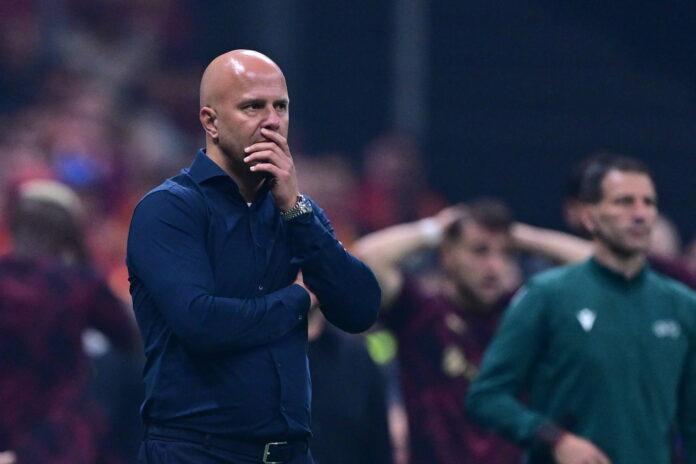Liverpool Need Structure, Solidity and a System Built for the Fight
Liverpool walk into Saturday’s meeting with Nottingham Forest knowing exactly what awaits them: a physical, relentless, second-ball brawl designed in the uncompromising image of Sean Dyche. Forest will not come to Anfield to entertain, nor to trade technical patterns — they will come to disrupt, to pressurise, and to expose the weaknesses Liverpool have shown all season. And unless something changes quickly in the way this team controls space, competes for duels, and handles direct play, Dyche’s side will smell blood.
It has already become a theme of this campaign to cover the campaign. Liverpool have been far too soft off the ball, far too easy to bypass in transition, and far too fragile when forced into straight-line battles. The midfield double pivot — which was meant to add stability — has instead looked constantly overwhelmed. They lose second balls, they lose the physical exchanges, and the gaps around them become avenues for chaos, something which is now common knowledge.
If Liverpool is going to salvage anything before January, this isn’t simply a question of intensity anymore. This is structural and the coaching of the team is under severe scrutiny to emerge from the international break with a clear plan of action.
Brilliant because it would unlock this formation, which is the most use of everyone’s strengths and talents while also shoring up the sieve that has been the Liverpool defence pic.twitter.com/Df1Guh0ZkN
— fernandina filly. (@JaxonFil) November 11, 2025
A System Built to Survive the Scrap
The conversation around a formation change has grown louder, and for good reason. A 3-4-3 feels less like an experiment now and more like an overdue evolution. It gives Liverpool the chance to protect their weakest area — the central midfield — by adding an extra defender, while also unleashing their biggest untapped strengths: athletes in wide spaces.
Both Conor Bradley and Milos Kerkez are built for wing-back football, as is the currently injured Dutchman, Jeremie Frimpong. They thrive when the lane ahead of them is open, when the first task is to run, to overlap, to stretch. Asking them to play as fullbacks in a system that invites pressure and exposes their weaknesses has never fully utilised their strengths. Frimpong, in particular, was outstanding at Leverkusen operating as an advanced, aggressive wide outlet in a back-three system. His timing, his ball-carrying, his ability to hold width — all of that is wasted when defensive crisis management becomes the job.
Behind them, the back three almost picks itself. Joe Gomez has proven he can operate on the left side comfortably, stepping out with the ball and covering space behind. Virgil van Dijk remains the natural centre of any defensive unit, even in a period where the team’s structure has repeatedly failed him. Ibrahima Konaté, when fit, is the ideal right-sided anchor — aggressive, quick, combative, and capable of handling direct runners.
Liverpool tried to address this in the summer. Marc Guéhi was targeted specifically to play the left-sided role, and the breakdown of that move — paired with the season-ending injury to new signing Giovanni Leoni — forced the club back into the shape of last season. It was never the long-term plan in my opinion, it was just the only option left.
Now the cracks are too obvious to ignore after some horrid performances and results. Liverpool needs control through numbers, solidity through structure, and a way to stop being bullied every time a direct ball is played into their half.
🚨𝗕𝗥𝗘𝗔𝗞𝗜𝗡𝗚 – @SkySportsNews: Crystal Palace believe Liverpool are the only club likely to move for Marc Guehi in January. The sense at Selhurst Park is that other top European sides are more inclined to wait and pursue him as a free agent next summer. pic.twitter.com/fC3vgMIFk8
— LFC Transfer Room (@LFCTransferRoom) November 19, 2025
Players Built for the System — and a Game That Demands It
The irony in all of this is that many of Arne Slot’s key players were signed for a system he hasn’t yet been able to deploy. Wirtz thrived in a 3-4-3 at Leverkusen. Frimpong learned the game through it. Bradley’s natural strengths scream wing-back as well as Milos Kerkez. Even the midfielders — especially Gravenberch and Szoboszlai — would benefit from having defined zones rather than oceans of space to cover.
Dyche will come to Anfield to test Liverpool physically, repeatedly, unapologetically. A switch to a back three isn’t simply a stylistic preference; it’s a survival mechanism and a potential blueprint for something more stable moving forward. The ability to shift from two behind a front man to one behind two strikers would also make sense of the central striking captures in the summer.
If Liverpool wants to regain control, reduce chaos, and stop being stripped apart by direct play, Saturday might be the moment to finally change shape — not because it looks good on paper, but because it’s what this group is actually built for.




